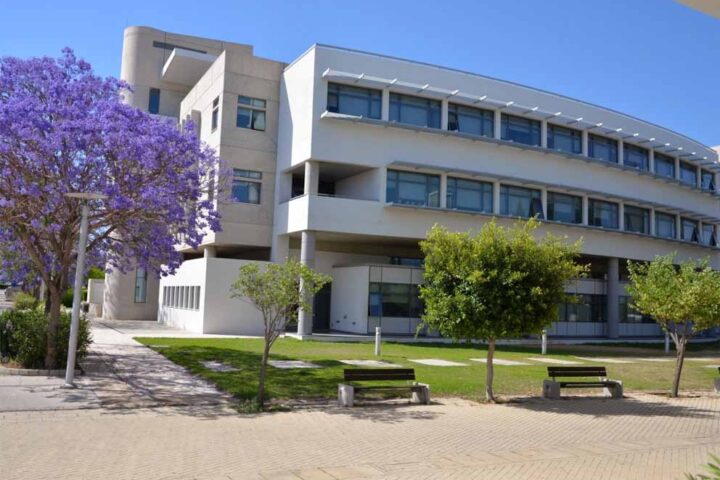Â
By Dr. Jim Leontiades
Cyprus International Institute of Management
Â
Goldman Sachs, the noted investment bank, has started a global debate about the opportunities presented by the emergence of five economic powers which promise to revolutionize our perception of the world economy, the opportunities it offers and the institutions which govern it. These are the “BRICKs” – Brazil, Russia, India, China and South Korea. The following are a few notable facts outlined in a recent Goldman Sachs’ study:
* The BRICKs now hold more than 30% of world currency reserves, far larger than those of the US, Germany, Britain, Spain and Italy combined.
* The BRICKs share of foreign direct investment has nearly tripled between the years 2000 and 2005.
* The five BRICK countries collectively accounted for 25% of global growth between 2000 and 2005.
* The BRICKs share of global trade at close to 15% of the world total is now double its level in 2001.
* Most BRICK stock markets have grown rapidly since 2003, easily outperforming those of Europe and the United States. Brazilian Russian and Indian Indices are all up around 150% as of February 2006. China is the one exception over this time period (The situation with China is very likely temporary. As the fastest growing of all the BRICK countries there is every possibility that China stock markets could resume their rapid growth).
Â
— Globalization and Developing countries
Â
A frequent theme of the anti-globalization movement is the view that the benefits of world growth have not been shared by the poorer nations of the world. In fact, the BRICKs have led a major improvement here.
In 1970 Developing Countries accounted for 20% of world trade. By 2004 this had increased by half, to 30%. There were of course, significant variations. African countries were lagging. But in terms of overall population (per capita figures) there has been a considerable improvement led by the BRICKs, China and India in particular. Considering that these two countries are (a) among the less developed countries of the world and (b) that between them they account for over one third of total world population and (c) that they are heavily involved in the globalization trend, it is safe to say that globalization has helped many of those living in the less economically developed portions of the globe.
Looking toward the future, Goldman Sachs’ analysts foresee strong future growth for the BRICKs. The economic projections presented in their report include the following:
* In less than 20 years the BRICKs, taken together, could be economically larger than the developed economies of USA, UK, France, Germany, Italy and Japan.
* Measured in USA dollars, China is projected to overtake Germany this year, Japan by 2015 and the USA by 2039.
* India has the potential to show the fastest growth over the next 30 years.
The world’s global economic institutions have until recently been dominated by the Western powers. BRICK countries, along with other countries considered in the “developing countries” category have been excluded from the institutions, such as the G6 and G8, guiding the world economy. However, some of the BRICKs individually now account for a much bigger portion of the worlds economic production than some of the current members of these institutions and they are growing more rapidly. Inevitably, they will demand and deserve greater representation and policy making powers. It may come as a shock to present members that they will have to share their place in such bodies and some may even be excluded altogether.
Â
— Tourist Opportunities
Â
Any visitor to the major tourist centers of Western Europe cannot but notice the increasing number of tourists from







